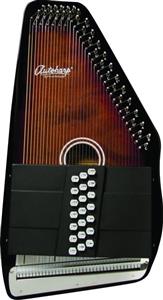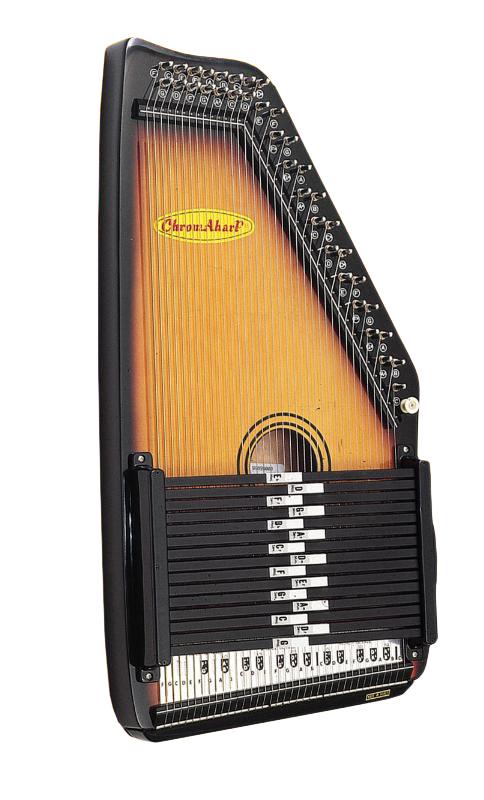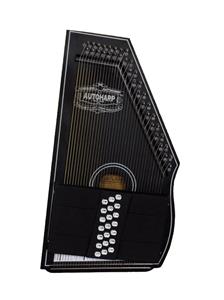History of the Autoharp
The instrument known today as the autoharp (auto harp, or chromaharp ) is actually a zither stringed instrument for which the strings do not extend beyond the sounding box (Zither 1). In 1882, Charles Zimmerman was awarded the US patent, but the design for his instrument was different from today's autoharp (History 6). However, Karl August Gutter had obtained a British patent sometime between 1883 and 1884 (Autoharp 2). Since Gutter was German, it is likely that he had a patent for his autoharp in his native country, but no records have been found (History 9).
It is hypothesized that after visiting his homeland of Germany, Zimmerman began producing the Gutter design under his own patent in 1885 (Autoharp 2). It's likely that Zimmerman recognized the flaws in his own design (12), in which the felt bars moved horizontally. Another difference was that Zimmerman's autoharp had a symmetrical design, unlike today's autoharp (History 6). It seems that, at first, he tried to combine the two designs by using the shifter bars, but eventually he abandoned his design entirely (History 13).
In 1893, Zimmerman sold his company to Alfred Dolge (History 14). It was at this point that the autoharp began to be constructed with a black surface. The Dolge productions are recognized for their innovative decals and "functional refinement" (History 15). After Dolge returned to piano manufacturing, Phonoharp began manufacturing the autoharp. It's noted that there were no new modifications to the design, but that the tail cover decals are renowned as some of the most beautiful and aesthetically pleasing (History 17).
Sometime in the 1920's, most of the manufacturers of autoharps became part of Oscar Schmidt, which is part of the U.S. Music Corporation (History 19). In 1926, U.S. Music Corporation tried to register the autoharp as a trademark, but it was ruled that the Corporation could only trademark the stylized written word found on its instruments (Autoharp 3). Still, Oscar Schmidt autoharps are recognized worldwide as some of the most well-made and attractive autoharps around. From the 1960's to present day, Oscar Schmidt has designed many new models of autoharp and has created or sells many autoharp accessories. In 1968, the electric autoharp was invented by Roger Penney. This was due mostly to advancements in electric pickups (Autoharp 6).
Today's autoharps tend to have 36-37 strings and are available as diatonic or chromatic scale models (Autoharp 4). It is because of those designed with chromatic scales that the autoharp is sometimes known as a chromoharp. To provide the best performance, it is essential to replace autoharp strings as necessary, and to use an autoharp tuner.
Sources:
"Autoharp." Wikipedia. https://en.wikipedia.org/wiki/Autoharp. (31 Oct. 2008) 9 Nov. 2008
"A Brief History of 19th Century Autoharp Manufacturers." https://www.fretlesszithers.com/ahhistory.html. 2005. 9 Nov. 2008.
"Zither." Wikipedia. https://en.wikipedia.org/wiki/Zither. (26 Oct. 2008) 2 Nov. 2008















